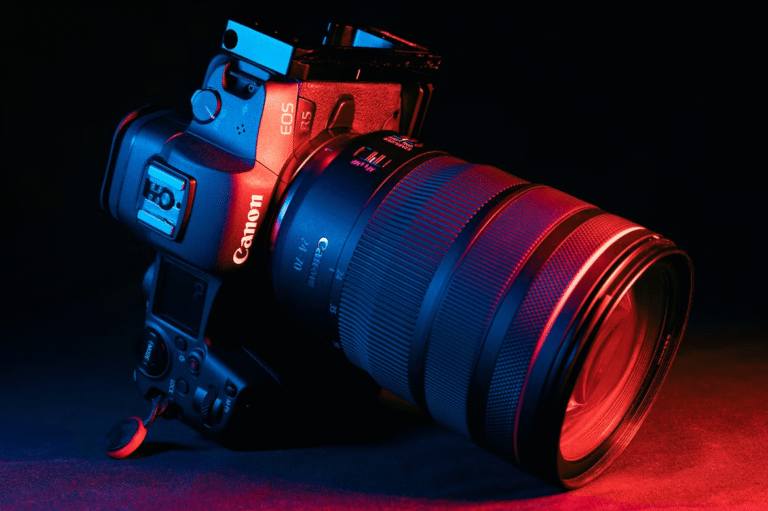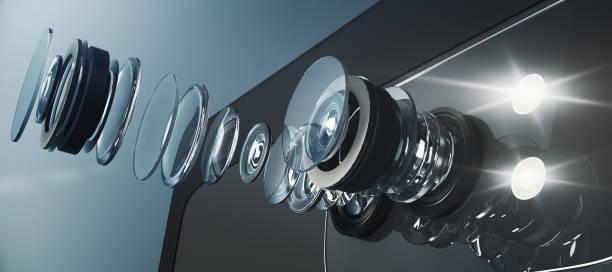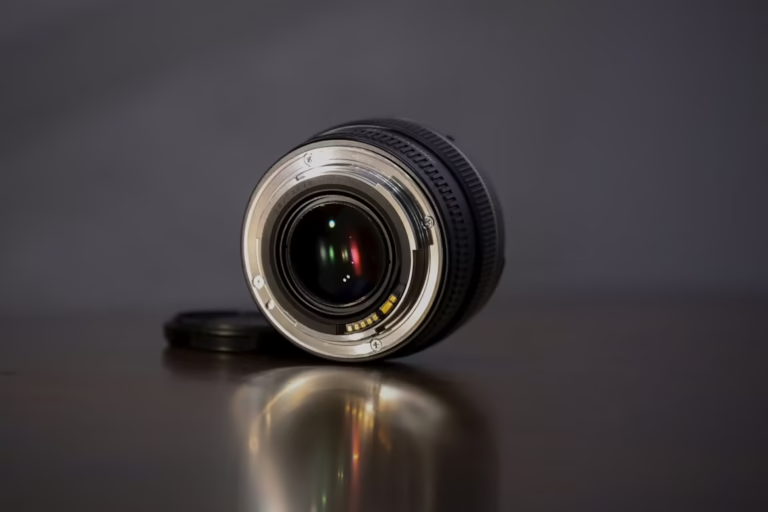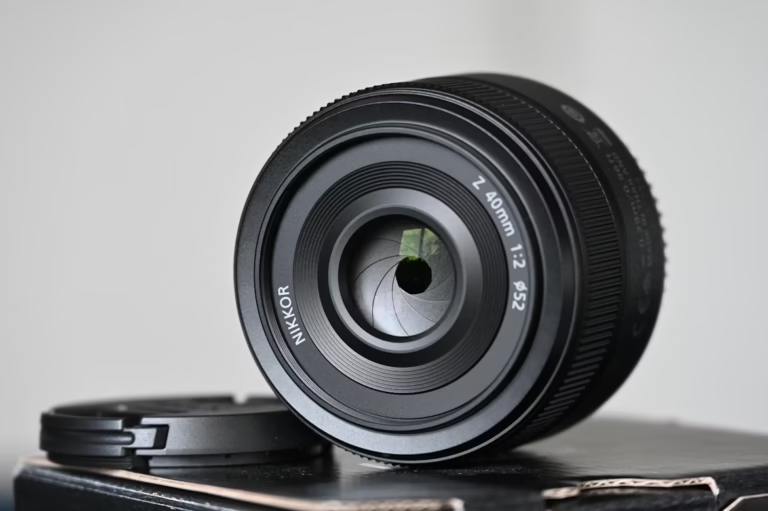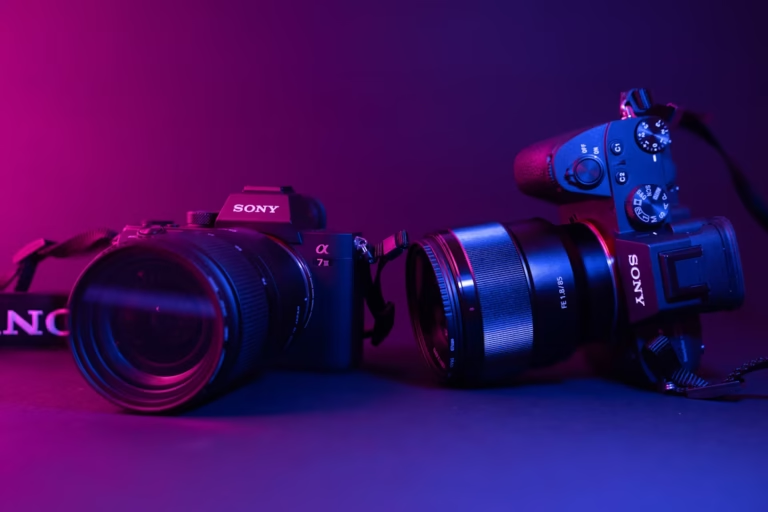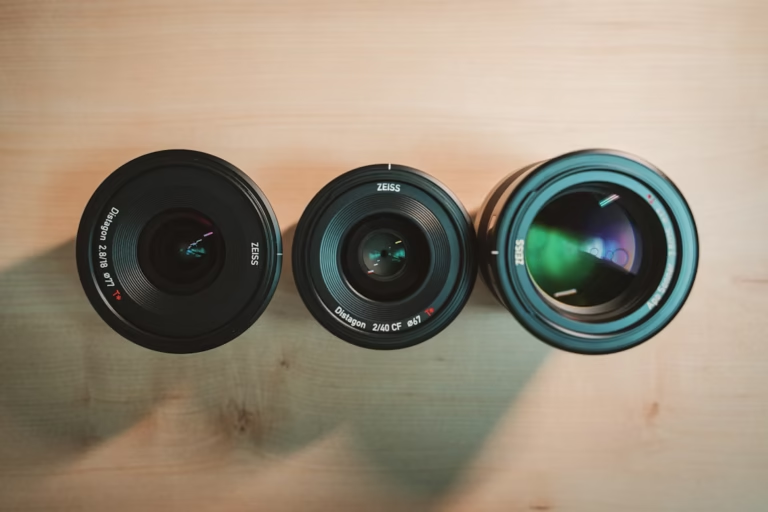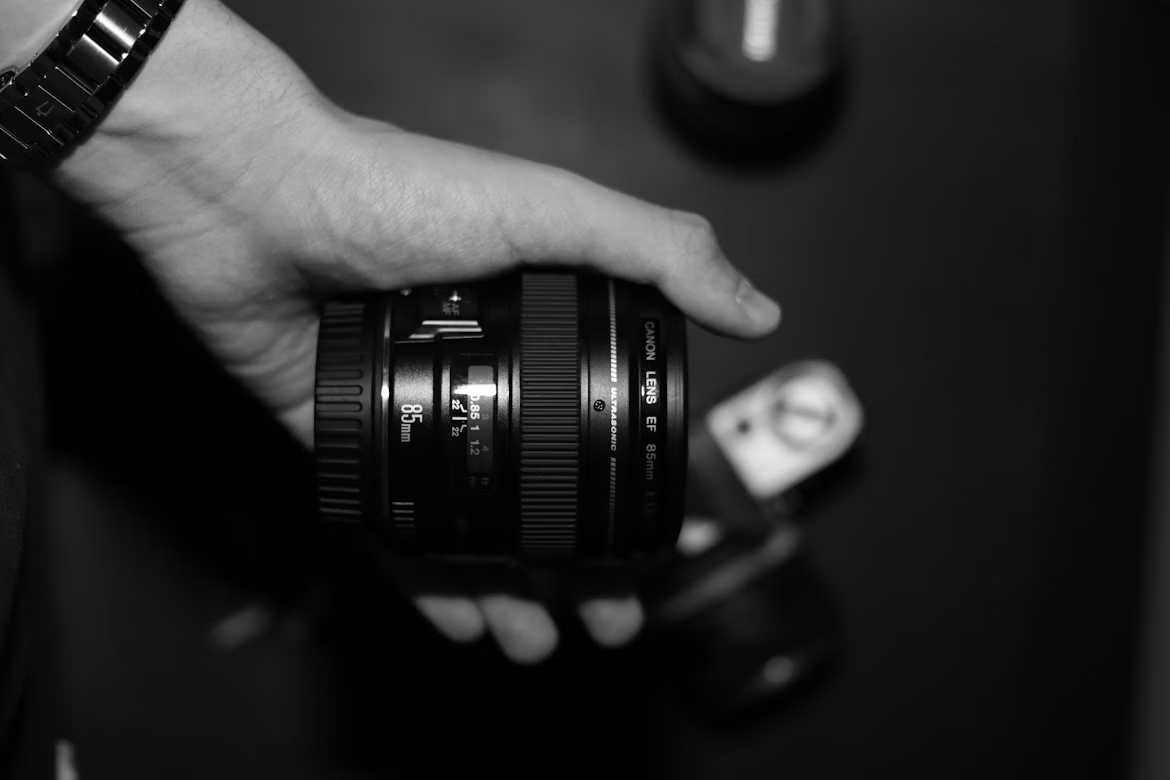
Camera lenses are the unsung heroes of photography, acting as the critical interface between the world and your camera’s sensor. They are more than just glass and metal; they are precision tools that shape how light is captured, ultimately determining the quality and character of your images. Understanding the functions of camera lens is essential for any photographer. In this article, we will delve into the core functions of camera lenses, explore how they influence your photography, and provide expert insights to help you make informed decisions when choosing and using lenses.
Related Articles:
Key Takeaways
- Focusing Light: Lenses gather and direct light onto the camera’s sensor to create a sharp image.
- Controlling Depth of Field: Lenses influence how much of the image is in focus, from foreground to background.
- Determining Field of View: The lens’s focal length dictates how much of the scene is captured.
- Affecting Image Quality: Lens design and quality impact sharpness, contrast, and aberrations.
- Providing Image Stabilization: Some lenses reduce camera shake for clearer handheld shots.
- Controlling Aperture and Exposure: Lenses regulate the amount of light entering the camera, affecting exposure and creative effects.
Functions of Camera Lens: Explained
Camera lenses perform several critical functions that directly impact the outcome of your photographs. Below, we explore each function in detail.
1. Focusing Light
The primary function of a camera lens is to focus light rays from the scene onto the camera’s sensor or film. This is achieved through a series of glass elements within the lens that bend (refract) and direct the light to converge at a single point, creating a sharp image. The ability to adjust focus allows photographers to highlight specific subjects while blurring out distractions.
- Example: A portrait lens with a wide aperture (e.g., f/1.8) can isolate the subject by creating a sharp focus on the face while softening the background.
2. Controlling Depth of Field
Depth of field (DoF) refers to the range of distance in a scene that appears sharp in the image. Lenses control DoF through their aperture (the opening that lets light in). A wider aperture (smaller f-number) produces a shallow DoF, while a narrower aperture (larger f-number) increases the DoF.
- Example: A landscape photographer might use a small aperture (e.g., f/16) to keep both the foreground and distant mountains in focus.
3. Determining Field of View
The field of view (FoV) is the extent of the scene captured by the lens, often described as wide, normal, or narrow. This is primarily determined by the lens’s focal length:
- Wide-angle lenses (short focal lengths, e.g., 16mm) capture a broad FoV, ideal for landscapes.
- Standard lenses (e.g., 50mm) mimic the human eye’s FoV, suitable for everyday photography.
- Telephoto lenses (long focal lengths, e.g., 200mm) have a narrow FoV, perfect for distant subjects like wildlife.
- Example: A real estate photographer might use a wide-angle lens to capture entire rooms, while a sports photographer would opt for a telephoto lens to zoom in on athletes.
4. Affecting Image Quality
The design and quality of a lens significantly influence the sharpness, contrast, and color rendition of your images. High-quality lenses minimize optical aberrations (e.g., chromatic aberration, distortion) and maximize clarity. Lens coatings also reduce flare and ghosting, enhancing contrast in bright conditions.
- Example: A premium lens with advanced coatings will produce sharper, more vibrant images compared to a budget lens, especially in challenging lighting.
5. Providing Image Stabilization
Some lenses come equipped with image stabilization (IS) technology, which compensates for camera shake during handheld shooting. This function is particularly useful in low-light conditions or when using telephoto lenses, where even slight movements can blur the image.
- Example: A photographer shooting a dimly lit interior without a tripod can rely on an IS lens to achieve sharp results at slower shutter speeds.
6. Controlling Aperture and Exposure
The lens’s aperture not only affects depth of field but also controls the amount of light entering the camera, which in turn influences exposure. Photographers can adjust the aperture to achieve the desired brightness and creative effects, such as starbursts or smooth bokeh (background blur).
- Example: A night photographer might use a wide aperture (e.g., f/2.8) to capture more light, while a street photographer could stop down to f/8 for a balanced exposure in daylight.
FAQs
1. What is the difference between a prime lens and a zoom lens?
- Prime Lens: Has a fixed focal length (e.g., 50mm), offering superior sharpness and wider apertures for low-light performance and creative control.
- Zoom Lens: Allows variable focal lengths (e.g., 24-70mm), providing versatility without changing lenses, though often at the cost of some image quality and aperture size.
2. How does focal length affect the image?
Focal length determines both the field of view and the magnification of the subject. Shorter focal lengths (wide-angle) capture more of the scene but can distort perspectives, while longer focal lengths (telephoto) bring distant subjects closer and compress space.
3. What is aperture, and how does it impact photos?
Aperture is the opening in the lens that controls light intake. It affects exposure (brightness) and depth of field. A wide aperture (e.g., f/1.4) lets in more light and creates a shallow DoF, while a narrow aperture (e.g., f/16) reduces light and increases DoF.
4. What is the purpose of lens coatings?
Lens coatings reduce reflections, flare, and ghosting, improving contrast and color accuracy. They also enhance light transmission, resulting in brighter images, especially in backlit or high-contrast situations.
5. How do I choose the right lens for my camera?
Consider your photography style:
- Portraits: 50mm or 85mm prime lenses for flattering perspectives.
- Landscapes: Wide-angle lenses (16-35mm) for expansive views.
- Wildlife/Sports: Telephoto lenses (70-200mm or longer) for distant subjects. Also, ensure the lens is compatible with your camera’s mount.
6. What is bokeh, and how is it created?
Bokeh refers to the aesthetic quality of the out-of-focus areas in an image. It is influenced by the lens’s aperture shape and design. Lenses with rounded aperture blades and wide apertures (e.g., f/1.8) produce smoother, more pleasing bokeh.
7. What is the difference between optical and digital zoom?
- Optical Zoom: Achieved by adjusting the lens’s focal length, maintaining image quality.
- Digital Zoom: Crops and enlarges the image digitally, often resulting in reduced quality and resolution.
8. Why are some lenses so expensive?
High-end lenses use premium glass elements, advanced coatings, and precise engineering to minimize aberrations and maximize sharpness. They also often feature faster apertures, better build quality, and specialized features like image stabilization.
9. What is a macro lens, and when should I use it?
A macro lens is designed for extreme close-up photography, capturing fine details of small subjects like insects or flowers. It offers 1:1 magnification, meaning the subject is reproduced at life size on the sensor.
10. How does lens distortion affect photos?
Lens distortion causes straight lines to appear curved, especially in wide-angle lenses (barrel distortion) or telephoto lenses (pincushion distortion). It can be corrected in post-processing or minimized by choosing lenses with better optical design.
11. What is the role of autofocus in a lens?
Autofocus (AF) allows the lens to automatically adjust focus on the subject, improving speed and accuracy. Different AF systems (e.g., phase detection, contrast detection) offer varying levels of performance, especially in low light or with moving subjects.
12. Can I use lenses from different brands on my camera?
Yes, but you may need an adapter to fit the lens to your camera’s mount. However, some features like autofocus or aperture control may not work fully with third-party adapters.
13. What is a kit lens, and is it good for beginners?
A kit lens is the basic lens bundled with a camera, often a zoom lens like an 18-55mm. It’s versatile for beginners but may lack the sharpness and aperture range of higher-end lenses.
14. How does lens weight affect photography?
Heavier lenses can be cumbersome for handheld shooting, leading to fatigue or camera shake. However, they often offer better image quality and wider apertures. Tripods or monopods can help manage weight.
15. What is the difference between a telephoto and a zoom lens?
- Telephoto Lens: Specifically refers to lenses with long focal lengths (e.g., 200mm), designed for distant subjects.
- Zoom Lens: Can have variable focal lengths, which may include wide-angle, standard, or telephoto ranges (e.g., 70-300mm).
Conclusion
In conclusion, camera lenses are multifaceted tools that perform several essential functions, each contributing to the final image in unique ways. From focusing light and controlling depth of field to determining field of view and enhancing image quality, understanding these functions empowers photographers to make informed choices and unlock their creative potential. Whether you’re capturing sweeping landscapes or intimate portraits, the right lens, and knowledge of its capabilities can elevate your photography to new heights.

